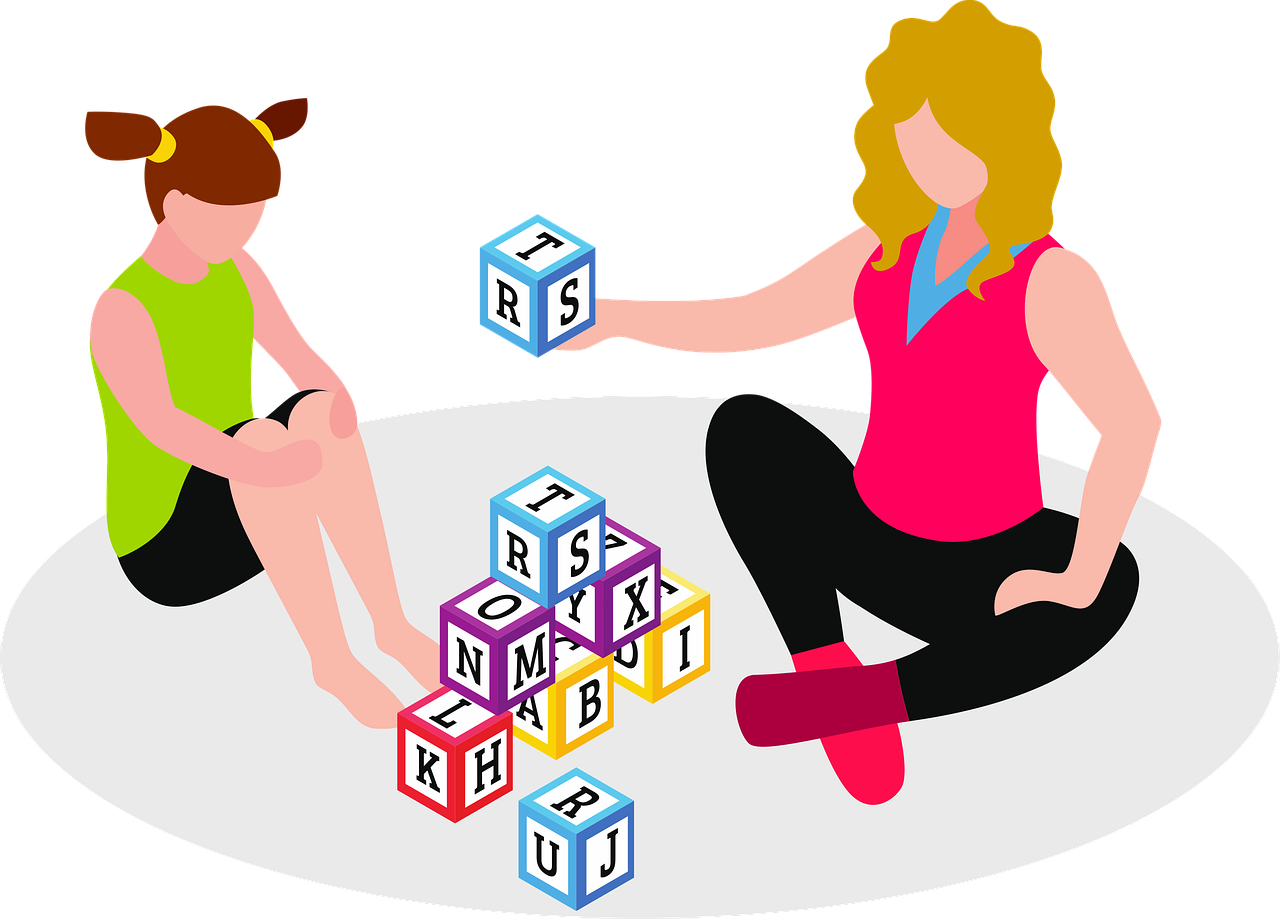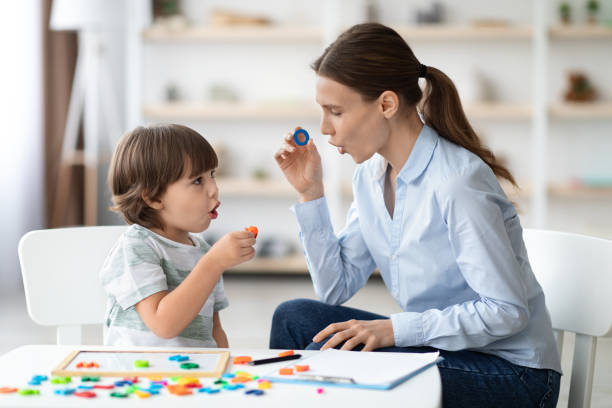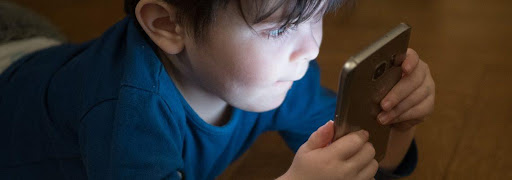Newsletter
Subscribe to stay updated on our latest news, upcoming workshops, training and special offers

Occupational therapists are experts with specializations in occupational science and occupational therapy. Pediatric occupational therapists strengthen a child’s capacity to carry out their everyday tasks by drawing on scientific principles and a holistic viewpoint. By enhancing the child’s performance elements and skills, such as physical, cognitive, and perceptual abilities, occupational therapists can encourage the child’s involvement and independence in daily life.
Occupational therapists help children to take an active role in their own health care. They focus on helping children develop motor skills and develop a positive attitude toward learning new skills. Occupational therapists also work with parents to help strengthen child development and aid in preventing or reducing injury.
Role of an occupational therapist
Occupational therapists (OTs) are generally in charge of a broad variety of responsibilities and tasks connected to a child’s care. An OT's duties frequently involve the following, depending on the environment in which they work:
1. Evaluation
Through medical history, physical examination, standard laboratory testing, and other diagnostic procedures, children are evaluated. The first step in the primary evaluation is to evaluate the child’s overall appearance. It takes into account an individual's degree of contact, appearance, whether they appear healthy or ill, pale or flushed, sluggish or lively, agitated or peaceful, compliant or combative, posture and mobility. To create a specific treatment plan for the child that will produce the best outcomes, evaluation is required.

2. Developing treatment plans
Once an OT has completed evaluation and knows what needs to be improved, it's time to identify the child’s treatment goals and develop a plan of action. A treatment plan's objective is to direct a child’s toward achieving goals. A treatment plan aids occupational therapists in tracking the child’s progress and modifying their approach as needed. Without a therapy strategy, a child lacks direction on how to change their habits, destructive patterns, and other issues that are negatively affecting their lives.
3. Assessing home environment
A child’s home is also evaluated by an occupational therapist, who then suggests modifications to meet the child’s needs. Physical demands, risk factors, and potential sources of discomfort or injury are identified through this examination. In addition to improving safety and comfort, one of this assessment's objectives is to avoid injuries. In order to guarantee that the home environment meets the needs of the child, it is also important to identify elements that might hamper progress.
4. Training child to use special equipment
Occupational therapists must properly instruct children and their parents/caregivers on how to use specialized equipment. It guarantees the child’s health and safety as well as the welfare of everyone else who could be impacted. Equipment used often for occupational therapy includes walkers, lifts, motorized chairs, and pulleys, swings, steps, among others.

5. Conduct parent training sessions
Pediatric occupational therapists teach parents how to improve their child's motor skills and build confidence in him or her by using various tools including ramps, walkers, wheelchairs and other equipment. They also teach children how to use tools such as scissors, crayons and paintbrushes so they can look at the world around them through their own eyes instead of someone else's.
6. Partner with other therapists
To create and carry out efficient treatment programs for child’s, occupational therapists occasionally collaborate with speech pathologists, physical therapists, and other healthcare professionals. Occupational therapists may need to collaborate with other therapists if a child has several impairments.
If you have a child who has been diagnosed with learning disabilities, autism or other cognitive challenges, an occupational therapist may be able to help set up a program that allows your child to have access to educational resources at home or in the community.
Hopscotch Child Therapy is a child and family guidance centre with a mission to improve the standard and accessibility of early intervention and mental healthcare services for children and families. We constantly strive to provide high-quality, effective, evidence-based mental health and therapeutic services. To assist your kid in realizing his or her full potential, we have a team of highly qualified occupational therapists with years of expertise. Visit your website right away to make an appointment!
References:
https://en.wikipedia.org/wiki/Occupational_therapy
October 7, 2022

August 24, 2022

September 30, 2020
.jpg)
August 9, 2022